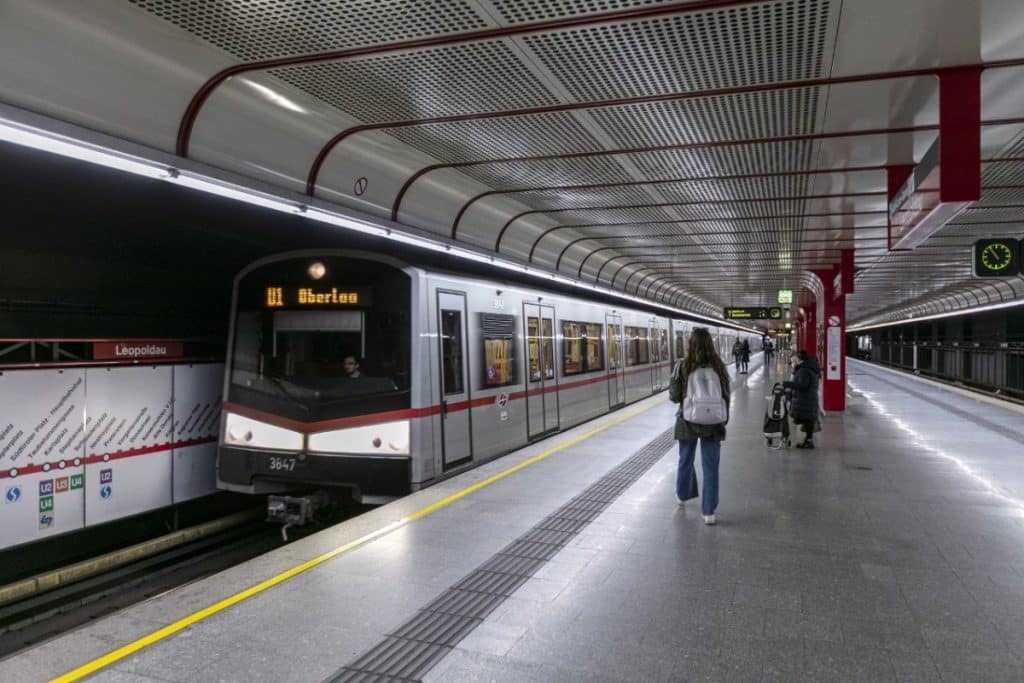Vienna’s public transport company intends to introduce new energy-saving measures this autumn and winter. Numerous measures have been implemented for years in order to save energy in the long term.
City transport in Vienna is becoming more and more environmentally friendly. Despite the increase in the number of passengers and the development of the public transport network, the Austrian capital manages to encourage the sustainable development of public transport with numerous innovations, and it has been investing in energy efficiency for years. In view of the current energy crisis, Vienna’s public transport company Wiener Linien intends to implement new energy saving measures this autumn and winter in order to reduce consumption and adapt to the situation. This should save about ten percent of the annual energy needs at the stations and in other buildings of the Viennese company.
The new measures include lowering the temperature in trams, subway trains and offices by two degrees Celsius. In addition, in Vienna, they plan to reduce the lighting at the stations. The works of art that adorn the stations will no longer be specially illuminated, and the luminous company signs will no longer be lit. At stations and in vehicles, the replacement of energy-inefficient lamps with LED technology continues, and time switches and motion sensors will be installed in buildings. The operation of ventilation systems will also be optimized. In the Austrian capital, they predict that these measures will save about eleven GWh per year, which corresponds to the annual electricity consumption of about 3,000 households with four members. They should save about 6 GWh on heating.
Vienna’s public transport company has long implemented numerous measures to save energy in the long term. So they have been installing photovoltaic systems on their roofs for years. By 2025, a total of 20 solar power plants should be installed on roofs with an area of 70,000 square meters. Energy consumption has also been reduced by modernizing the bus fleet, and large energy savings have been achieved so far thanks to the more efficient use of energy generated during tram braking. The energy generated during the braking of subway trains also contributes to the sustainability of Vienna’s public transport. This energy is converted into electricity and is used to start other vehicles in the vicinity as well as to power the escalators, elevators and lighting at the Vienna metro stations. The company is also investing in the education of its drivers to raise awareness of economical driving and the use of braking energy, the Foreign Office of the City of Vienna reported.
Track N1 via Android apps | iPhone/iPad and social networks Twitter | Facebook | Instagram.
Tags

